Argentina: Award-winning wines to celebrate Malbec World Day
Top 97-point Malbec wines from Decanter World Wine Awards...

Top 97-point Malbec wines from Decanter World Wine Awards...

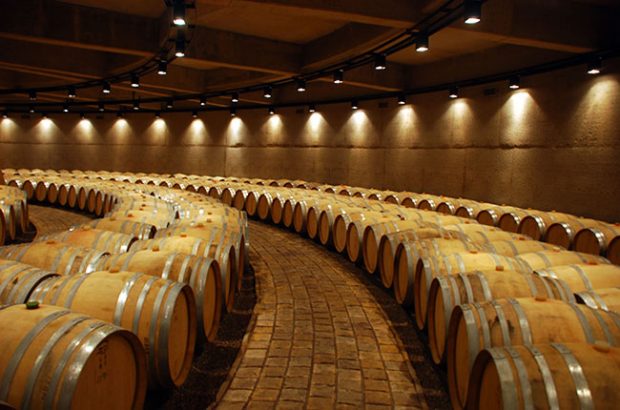
It’s easy to forget that someone has to turn grapes into wine...

Argentina boasts a wealth of natural resources and areas of great scenic beauty, including high summits and plains, lush forests and absolutely arid deserts, woods and steppes, glaciers and waterfalls. Any landscape you may imagine, you can find somewhere on Argentine soil. Find out more with this interactive map...

A decanter.com promotion. A typical Sunday scenario is a long line of people queuing for fresh pasta.


A decanter.com promotion. More than one hundred and thirty years of achievements have earned Trapiche a place in the heart of Argentine winemaking.






A decanter.com promotion. Bodegas Salentein is the heart and soul of the Uco Valley – a magnificent project that has captured the imagination of the Argentine people and wine lovers from around the world.
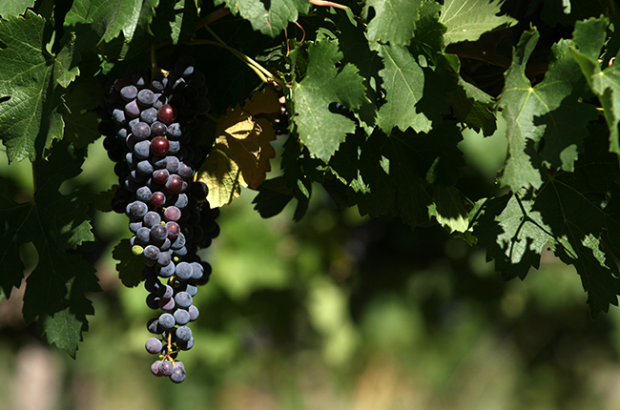
A decanter.com promotion. Nobody can deny that Malbec is synonymous with Argentina. However, there are other elements that help to form a partnership between a country and a grape.

Wine is like the people who make it and drink it. It’s like the land from where it is born and it’s reflected in the people who want to be near it. Here are seven indispensable things you need to know...

Unique in the world, the province of Salta, in northwestern Argentina, offers stunning mountains, giant cacti and unforgettable wines.

Argentina offers many different styles of Malbec. Most of them from Mendoza, but there are a handful of other Malbec’s worth discovering.

The only native variety of Argentina with international projection, according to recent studies, Torrontés originated on some Jesuit plot in the early eighteenth century, from where it began its long road to internationalisation.
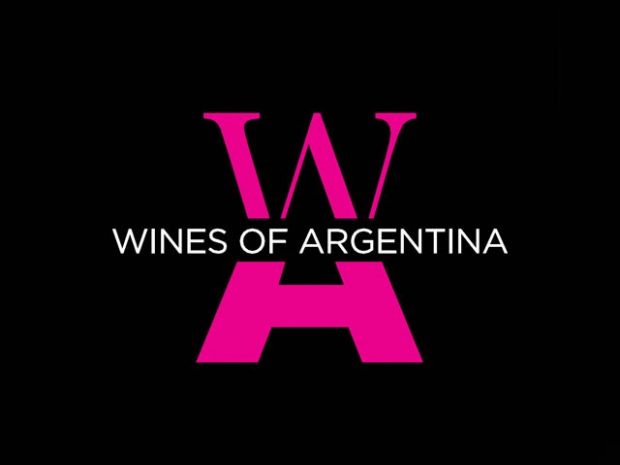
An insight to our culture: the way we are and the way we speak. In 2015, we invite you to learn more about the ABC of the Argentine wine industry.

There are two asados, one is the ritual of preparing it and the other is the ritual of cooking it. In Argentina, it is a huge event of eating delicious meat and drinking good wines, which no traveller should miss.

It is the most widely planted red grape, the most exported and the one that best represents each terroir of the country. But why does it not have this significance in other countries? The answer is in its long history.

Argentine sparkling wines are gaining ground in the world. Read about what’s caused this rise and what you need to know about them.

The province of Mendoza produces the greatest amount of Malbec in the country, and the nuances of the different areas become relevant when choosing a wine. So how does it differ?

For some more surprises, it’s worth looking out for these Argentine Malbec varieties and labels.

What does a Malbec taste like? Why drink Torrontés? What curious story lies behind Bonarda? Why is Cabernet Franc taking off now?
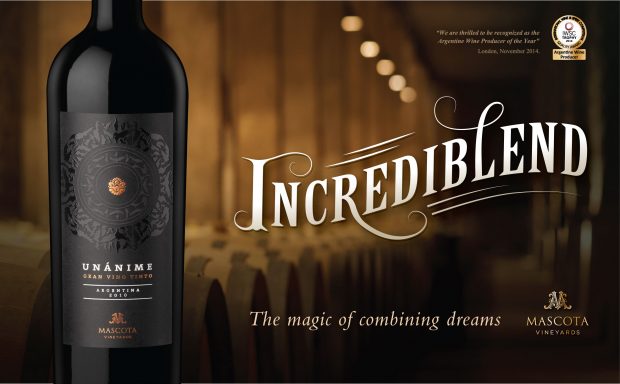
Unanime - when exceptional climate and passionate people harmoniously come together as one
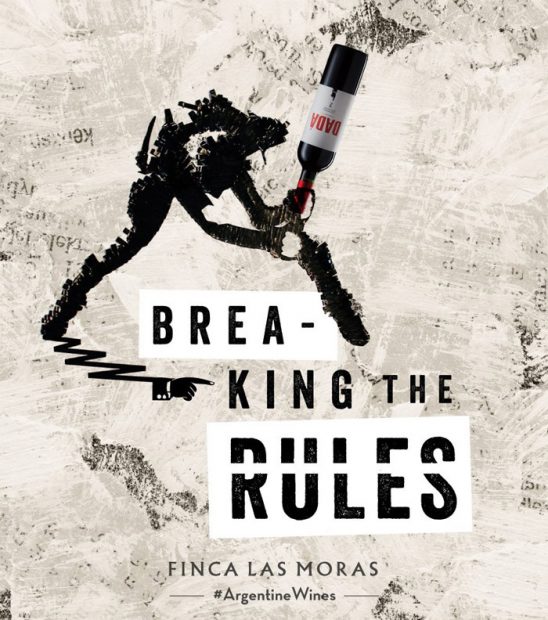
Bold concepts, edgy packaging and high quality wines come together to wipe the dust off old boring protocol, making new generations fall head over heels for wine.

I'm now on my seventh tour of all the Argentine wine regions. This means thousands of miles of long and fascinating tours in commercial and twin-engine planes, buses, 4×4's, and of course, on foot and on horseback.

On the three computer screens are the schemes of a finca (farm). On the one on the right, green, red and yellow spots represent the vigour index of the plants. On the middle one, there are points of various blues which detail the temperature of each sensor in the vineyard. On the third one, in the form of coloured lines in the direction of the grooves, there are orange or yellow lines depending on the electrical conductivity of the ground.

Smell is one of the most primitive senses of man, which has enabled him to discern what sort of things to eat and what to avoid. Through evolution, pleasing aromas were discovered and classified. We are able to smell more than 100,000 scents, but not identify them.